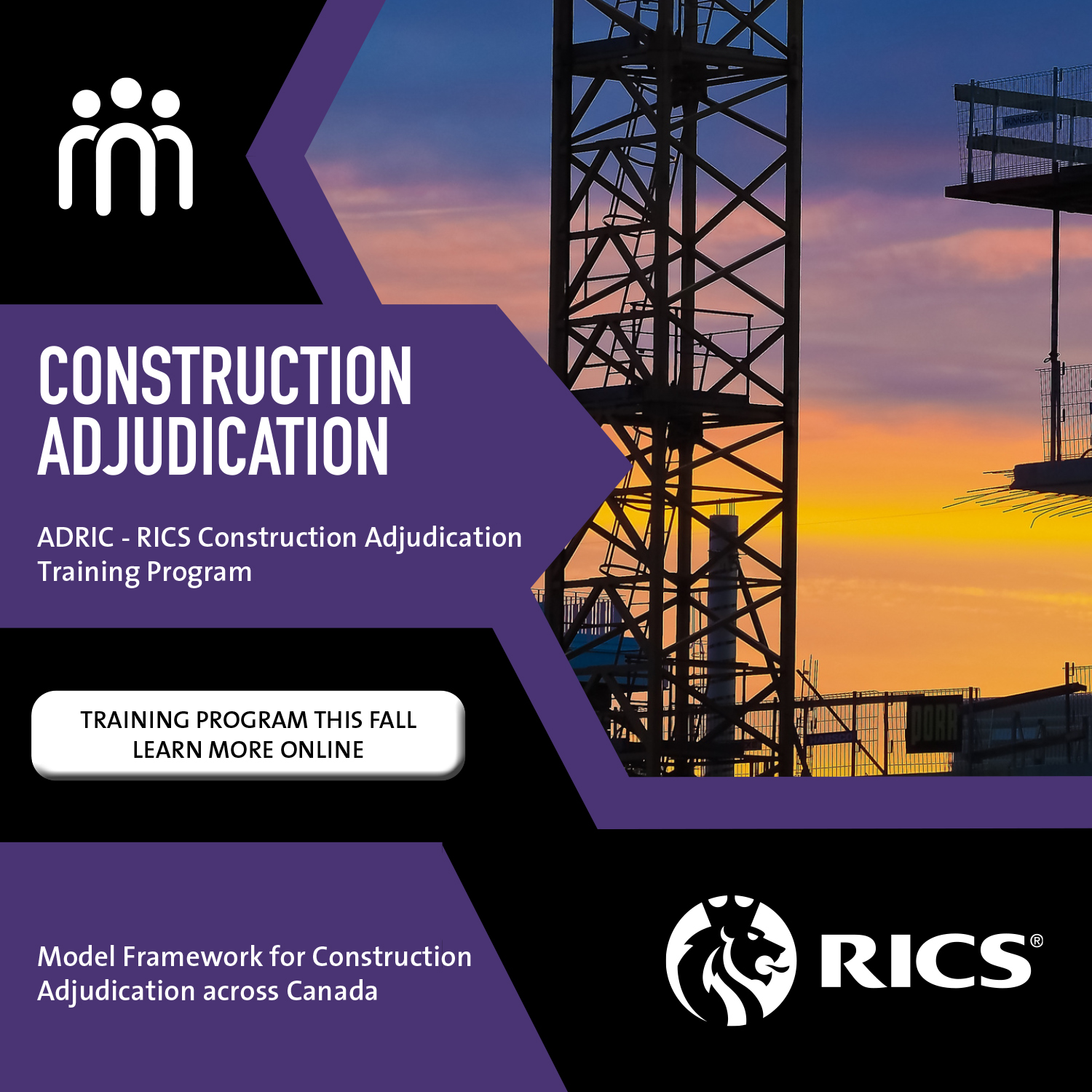
The Art of Making a Mediator Proposal
By Sheldon J. Stark, Mediator and Arbitrator

A mediator proposal is typically a one-time, “take-it-or-leave-it” dollar figure the mediator suggests at the end of the mediation process that – it is hoped – both parties will be tempted to accept. If both sides accept, the case settles for the number proposed. If one party accepts and the other rejects, the rejecting party is not informed of the acceptance. We review a sample of approaches experienced mediators take to such proposals.
Mediator Proposal Defined
A mediator proposal is typically a one-time, “take-it-or-leave-it” dollar figure the mediator suggests at the end of the mediation process that – it is hoped – both parties will be tempted to accept. If both sides accept, the case settles for the number proposed. If one party accepts and the other rejects, the rejecting party is not informed of the acceptance.
Example 1: Mediator Proposals Texas-Style
Eric Galton, a Texas mediator and former President of the International Academy of Mediators, uses mediator proposals sparingly, and only after he’s convinced the parties aren’t going to make another move. The parties must agree to the process. After proceedings at the mediation have been concluded, Eric waits a couple of days to give the parties time to reflect on what they learned at the table during the process. He then provides each advocate with a written, confidential reasoned proposal. The parties have a week to respond. Waiting precludes claims anyone was forced to settle for an unacceptable number. Not arbitrary, his number is the result of considerable thought and contemplation, taking into consideration the risks, costs, challenges, strengths, and weaknesses presented. Each side receives a different letter because the reasons, risks and analysis differ for each. The intended audience is the decision-maker(s). The letter includes Eric’s credentials and experience to underscore his competence, experience and credibility when they consider acceptance. Eric’s goal is a number each side must stretch to reach.
Example 2: Michigan Mediator Magic
Ed Pappas, former Michigan State Bar President, ADR Section Skills Action Team co-chair, and senior partner at Dickinson Wright, mediates complex matters that often require a second day to reach a resolution. Ed lets the mediation process work. He employs the technique in only a small percentage of cases. Ed waits for the lawyers to ask. He doesn’t agree unless and until he is certain the parties have been negotiating well and have gone as far as they are going to go. He starts by seeking party consent. If yes, Ed brings the lawyers together without parties. He solicits their suggestions for a number they would each be willing to recommend. If there is consensus, Ed presents the proposal verbally to everyone together and at the same time. Typically, parties make a decision immediately, thereby leaving the table with a written term sheet. He will, however, agree to more time to make this important decision if requested.
Example 3: My Own Method
In my practice, I too wait for a request but do not agree until alternative closing techniques have first been tried. If requested too early, I lack sufficient inputs to propose a number with any hope of success. The advocates understand that. When the time is right, I explore the range of possible numbers with each litigator separately. I bring everyone together to describe my process. I explain my number will be “south” of the plaintiff’s last communicated offer, but “north” of the defendant’s last communicated offer. My proposal will not be the midpoint. Rather, I promise to make an assessment of the strengths and weaknesses of their claims and defenses, factor in the fees and costs, evaluate the magnitude of the risks each faces, and present a number each side will have trouble rejecting. If they are interested, I explain my reasoning. I encourage each side to make up their minds that day. Additional time is provided if either party needs to reach out to decision-makers not at the table.
Example 4: A Unique Approach
Orit Asnin is a mediator in Israel who mediates complex commercial and business disputes in a multi-cultural, high conflict arena both within Israel and with international parties. Orit begins with the proposition that the mediation process belongs to the parties and their representatives, not the mediator. Accordingly, everyone must give their consent, clients and litigators alike. By requiring everyone to be part of the process, Orit believes the likelihood her proposal will be accepted is enhanced.
Although Orit commonly agrees to mediator proposals, several factors must fall into place first.
- Everyone consents.
- The negotiation process has reached a standstill.
- She has an intuitive sense of a possible range.
- The parties are truly ready – mevushalim, “cooked enough” in Hebrew.
As a result of all she learns during the mediation, Orit’s proposal isn’t necessarily limited to money. It may include previously discussed solutions, such as suggestions for how the parties might work together in possible future business arrangements or joint ventures. If an apology or an acknowledgment is important, she will include that, as well.
An Orit Asnin proposal may allocate a small percentage of the money to a worthy charitable institution or cause, but only if the parties are open to the notion. In such cases, she will add the contribution to her proposal leaving the parties to find a cause to which both can agree. Orit finds charitable contributions add value. Parties experience greater satisfaction with the process and take pride in doing something bigger than themselves.
Orit brings everyone together in one room to communicate her proposal. She asks participants to be respectful and not react even if they believe she has completely “misunderstood” them. She asks that they save their reaction until back in caucus. Using humor, she invites any response as long as it is positive. Paraphrasing a famous Henry Ford quip, she notes it is like buying a car in any color so long as it is black. She may or may not include a rationale with the proposal. In some cases, a rationale is apt and helpful in reaching a decision. In others, a rationale is unnecessary and could prove harmful.
She asks for a response while everyone is at the table. If additional time is needed, she asks the lawyers to recommend the number to their clients.
Why Mediator Proposals Work
Despite differences in the way mediator proposals are employed, the result for parties is often resolution. All four of us report high acceptance rates. Why?
- Parties retain mediators they trust and respect. Hence, mediator proposals receive careful consideration.
- Mediator proposals give decision-makers “cover,” when a resolution might not be popular or palatable to other stakeholders, business associates or family members. (“It wasn’t my The mediator recommended it!”)
- If participants have been paying attention, mediation is a valuable learning experience. A number likely to be rejected in the morning, becomes acceptable by afternoon.
- Parties appreciate the opportunity to test their claims and defenses on a truly objective and trusted neutral.
- Mediation is an opportunity to vent feelings, grievances, and emotions. People feel listened to and respected. Following a well-managed mediation process they are better able to take a step back and make a mature, businesslike judgment about resolution.
Mediator proposals represent a powerful closing technique.
Sheldon J. Stark has been providing ADR services since the mid-1980s. His services include mediation, arbitration, case evaluation and neutral third-party investigations.












